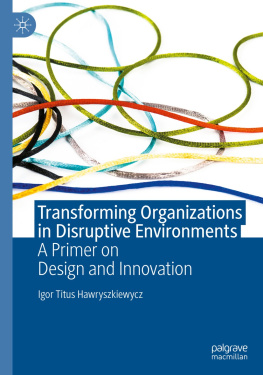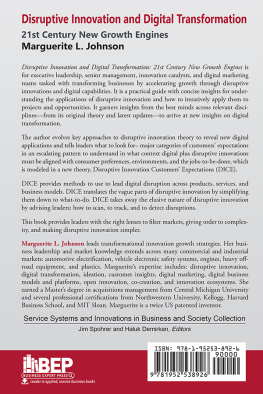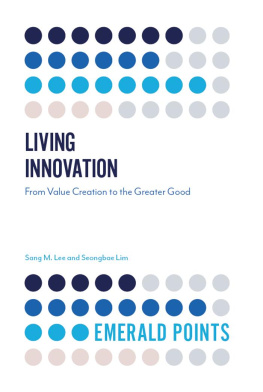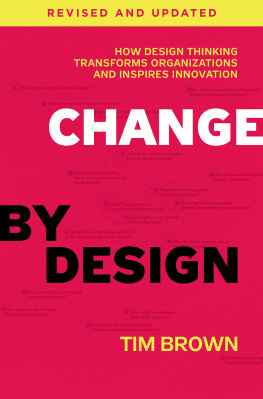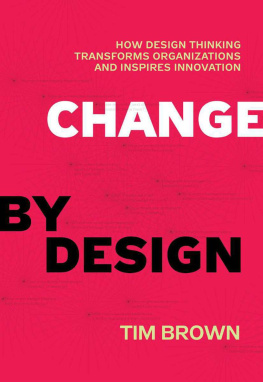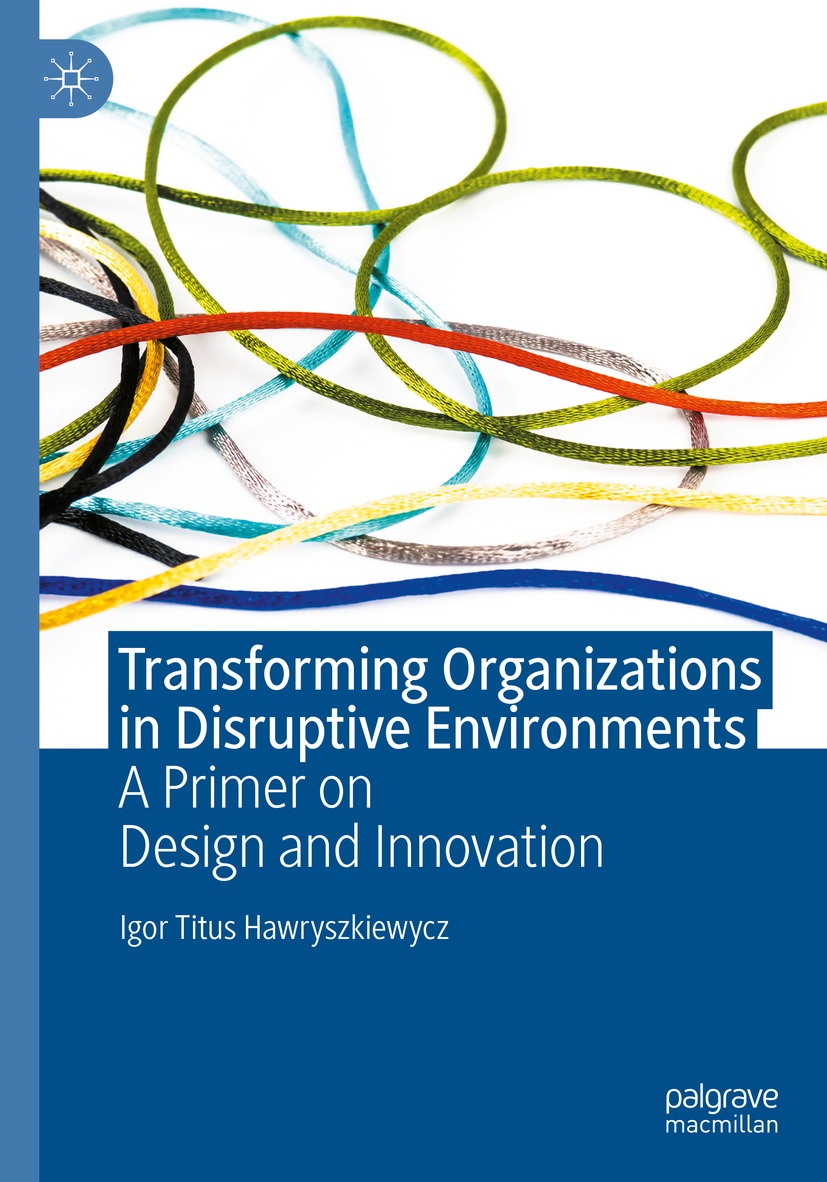Igor Titus Hawryszkiewycz
Faculty of Engineering and Information Technology, University of Technology Sydney, NSW, Australia
ISBN 978-981-16-1452-1 e-ISBN 978-981-16-1453-8
https://doi.org/10.1007/978-981-16-1453-8
The Editor(s) (if applicable) and The Author(s), under exclusive license to Springer Singapore 2022
This work is subject to copyright. All rights are solely and exclusively licensed by the Publisher, whether the whole or part of the material is concerned, specifically the rights of translation, reprinting, reuse of illustrations, recitation, broadcasting, reproduction on microfilms or in any other physical way, and transmission or information storage and retrieval, electronic adaptation, computer software, or by similar or dissimilar methodology now known or hereafter developed.
The use of general descriptive names, registered names, trademarks, service marks, etc. in this publication does not imply, even in the absence of a specific statement, that such names are exempt from the relevant protective laws and regulations and therefore free for general use.
The publisher, the authors and the editors are safe to assume that the advice and information in this book are believed to be true and accurate at the date of publication. Neither the publisher nor the authors or the editors give a warranty, expressed or implied, with respect to the material contained herein or for any errors or omissions that may have been made. The publisher remains neutral with regard to jurisdictional claims in published maps and institutional affiliations.
This Palgrave Macmillan imprint is published by the registered company Springer Nature Singapore Pte Ltd.
The registered company address is: 152 Beach Road, #21-01/04 Gateway East, Singapore 189721, Singapore
To my grandchildren Isabella and Michael.
Preface
This book is written for those who want to find out about transforming organizations and their businesses or participating in a transformation. Transformation is a complex process that involves many areas. These include technology, business and business process, social and organizational structures, as well as environmental issues such as sustainability and disruption. It is of particular interest to those involved in designing new processes that rely on technology to deliver value to businesses and communities, and their stakeholders in disruptive environments.
This book introduces the areas involved in transformation in an introductory way. It describes how they must be addressed during a transformation. It does so in a structured way following a process practised in many industries.
The book is suitable for both beginners in transformation and practitioners interested in innovative ways to transform systems. To cater for different interests, the book describes transformation in four parts. Each part can be used independently of others. For those who only want to know the general background can read Parts I and IV. Part II can then be read next to find out about ways to manage knowledge. Those, who are now involved in a transformation process can read Part III, which deals with identifying real problems and ways to solve them.
In Part III, the book shows how methods and tools that have been learnt during globalization, especially on ways to be creative and innovative, and to collaborate, apply to dealing with disruptions in the increasingly fragile world faced with challenges such as disruptions caused recently by the COVID-19 pandemic and those expected from climate change.
Part I Setting the Background Where Is Transformation Happening?
The first two chapters set the background and introduce readers to todays business environment. The first chapter introduces todays environment and the way organizations work. The second chapter provides a systematic approach to describing complexity in this environment and ways to create solutions. It emphasizes the need to be creative as you learn about an organization and deliver solutions. The importance of teamwork and collaborative practices is stressed.
Part II Values to Be Achieved in Any Transformation
In this part, the book describes transformation as not only technical in nature; it also includes changes in the way people work and services they need. Chapters that describes values of businesses and cities. It describes how beliefs and values can influence peoples contribution to transformation and to work together to improve business and community development.
Chapter provides a framework for ways in which knowledge is developed during a transformation how to organize the collected views of stakeholders into a form suitable for designing the transformation. Knowledge itself is central to transformation as knowing what is happening, knowing what is needed and knowing how to provide it are all central to an effective transformation.
Part III Identifying and Solving Problems
Part III begins with Chap. by developing a model that puts the collected data into a structured visual form suitable for decision-making. It emphasizes the importance of visualization in developing an agreed description of where an organization is now.
Chapter uses knowledge gathered about the organization and its values to identify what a transformation should achieve. It compares what is happening in the organization to best practices found in industry and disruptions like COVID-19 in the environment. It then uses values of affected stakeholders to evaluate and identify issues in the current system. This includes analysis of causes of the issues using tools such as fishbone diagrams to identify problems and rank them for action.
Chapter . From an information technology perspective, it could be argued that recently businesses have become global, usually facilitated by innovations in technology. The focus is on technological innovation and using information to respond. In this period, businesses have focused on creativity and innovation to develop and maintain competitive advantage.
Part IV Transforming in Disruptive Global Environments
Part IV addresses the challenge of creating transformations that mitigate to reduce damage from any disruptive cause by transforming the organization in general through three well-documented stages : mitigation or being ready for disruption, response during the disruption and recovery following. Chapter then concludes with some speculation on future developments during and following the COVID-19 pandemic.
What Value Will You Get from the Book?
Transformation has of course been a historical phenomenon over time. Building of railways, cars and others have transformed societies over centuries. Such transformations have often been on a global scale, which itself has set the environment that called for changes to the way societies and organizations operate.
The book does not focus on any disruption but approaches disruption from the general sense It views disruption from the perspective of value how does a disruption effect the values of people and businesses. These are common to any disruption. In wildfires, we mitigate by making breaks between our house and clearing growth around the houses. Then we respond by trying to put out fires and recover by rebuilding.

